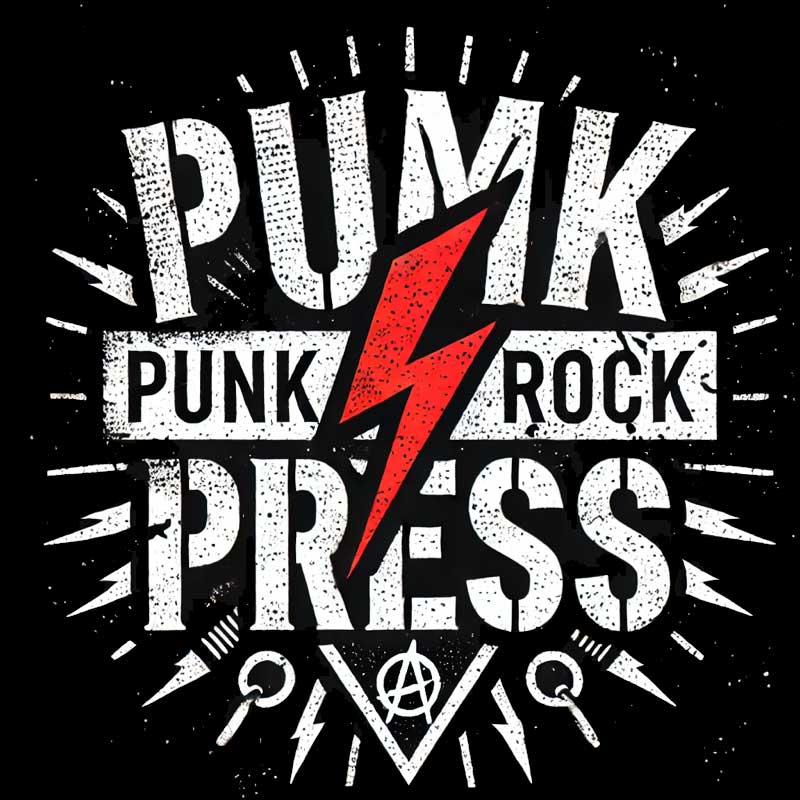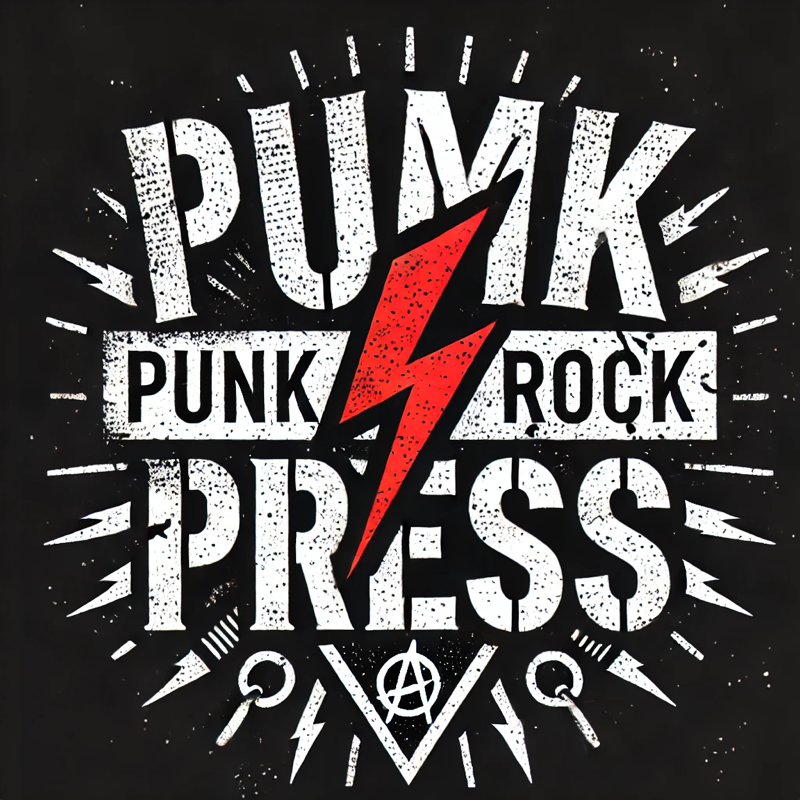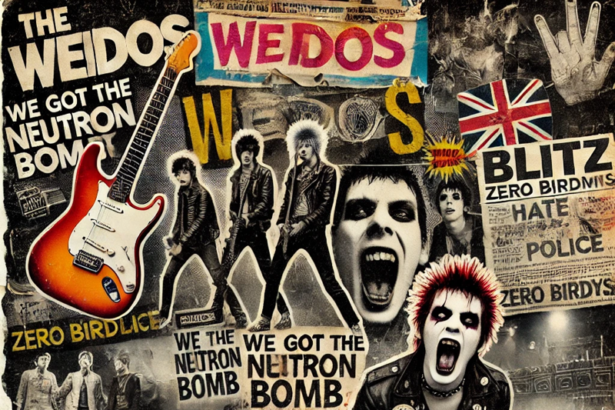When you think of punk rock, your mind might immediately go to power chords, snarling vocals, and DIY ethics. But the spirit of punk isn’t confined to music—it’s a rebellious mindset, an unwavering commitment to authenticity, and a willingness to challenge the status quo. By that definition, David Lynch is as punk rock as they come.
Lynch didn’t just make movies and TV shows; he created entire worlds that defied conventions and dared audiences to think differently. From the haunting industrial nightmare of Eraserhead to the mind-bending twists of Twin Peaks, Lynch’s work tears apart the glossy facade of Americana to reveal the raw, surreal, and often terrifying truths lurking underneath.
The DIY Beginnings of a Visionary
David Lynch’s journey into filmmaking started in the most punk way possible: scraping by on next to nothing to make Eraserhead (1977), his debut feature. Shot over five years with a skeleton crew and a budget cobbled together from odd jobs and small grants, Eraserhead is a testament to pure creative vision. It’s dark, bizarre, and unapologetically unique—qualities that would come to define Lynch’s career.
Much like the punk bands who recorded their albums in basements and garages, Lynch worked outside the mainstream system to bring his ideas to life. His approach to storytelling and aesthetics was uncompromising, rejecting traditional Hollywood formulas in favor of something far more experimental and raw.
Twin Peaks: A Cultural Earthquake
If Eraserhead established Lynch as an indie icon, Twin Peaks (1990–1991) catapulted him into the cultural zeitgeist. At a time when TV was dominated by predictable sitcoms and police procedurals, Lynch and co-creator Mark Frost delivered a show that was part murder mystery, part soap opera, and part fever dream.
Twin Peaks wasn’t just a show; it was an experience. From its haunting theme music to its quirky characters and cryptic symbolism, it captivated audiences and inspired countless discussions. The series didn’t just break the rules of television; it wrote an entirely new playbook. And like any good punk rocker, Lynch didn’t care if people “got it” or not. He stayed true to his vision, even when it meant leaving fans scratching their heads.
Lynchian: A Genre of Its Own
Over the years, Lynch’s work has been described as “Lynchian,” a term that has become shorthand for surreal, unsettling, and darkly comedic art. But what makes something Lynchian? It’s the juxtaposition of the mundane with the bizarre, the beautiful with the grotesque. It’s the way he makes us question the reality we’re presented with, whether we’re watching a severed ear in Blue Velvet or a dancing dream man in Twin Peaks.
Like punk music, Lynch’s work doesn’t appeal to everyone—and that’s the point. It’s for the misfits, the dreamers, and the people who see the world differently.
Why Lynch Is a Punk Rock Icon
Lynch’s impact extends far beyond the screen. He’s a multidisciplinary artist who paints, sculpts, and makes music, embodying the DIY ethos of punk in everything he does. Even his approach to life—from practicing Transcendental Meditation to creating his own weather reports—shows an individual who refuses to conform.
The punk spirit isn’t just about rebellion; it’s about creating something honest and real, no matter how strange or challenging it might be. David Lynch’s art is exactly that: a raw, unfiltered expression of his unique perspective on the world.
Final Thoughts
David Lynch didn’t pick up a guitar or scream into a microphone, but his work resonates with the same defiant energy that defines punk rock. He’s a reminder that being punk isn’t about how you look or what music you listen to—it’s about how you live your life and the art you leave behind.
For those of us who grew up on the raw power of punk music, Lynch’s work feels like a natural extension of that ethos. It challenges us, inspires us, and leaves us wanting more. And in the words of the Log Lady from Twin Peaks, “The owls are not what they seem”—and neither is David Lynch.







